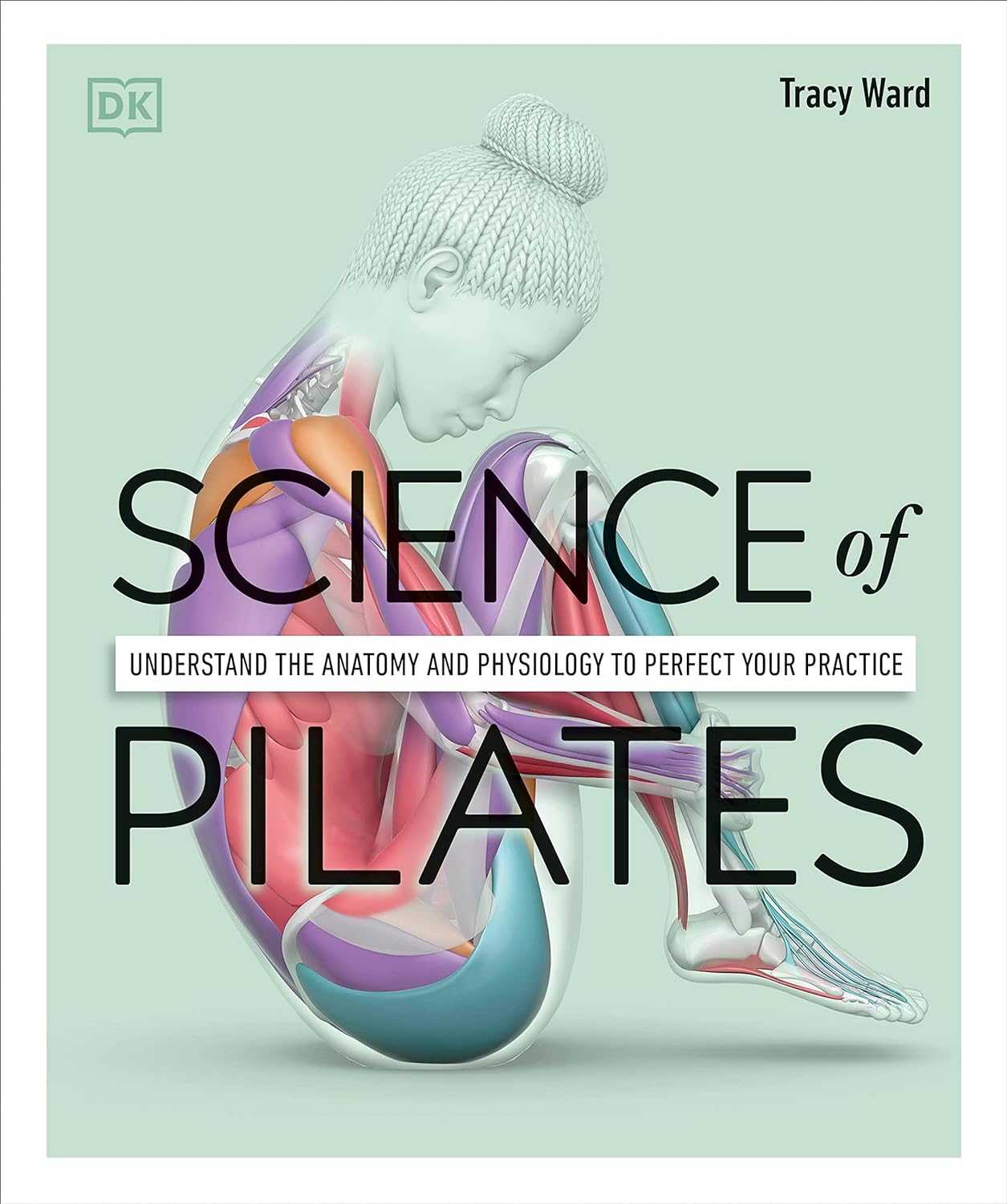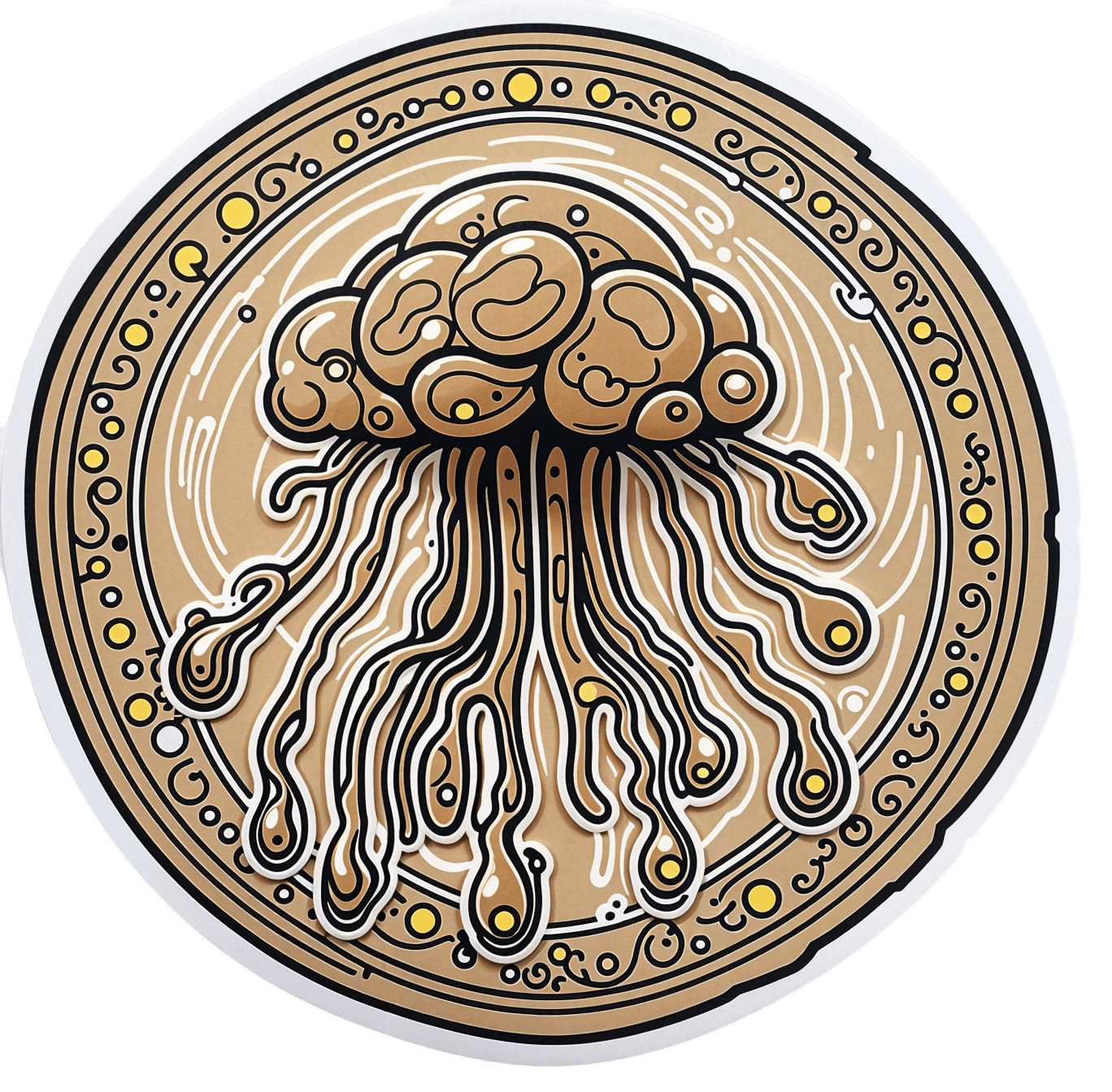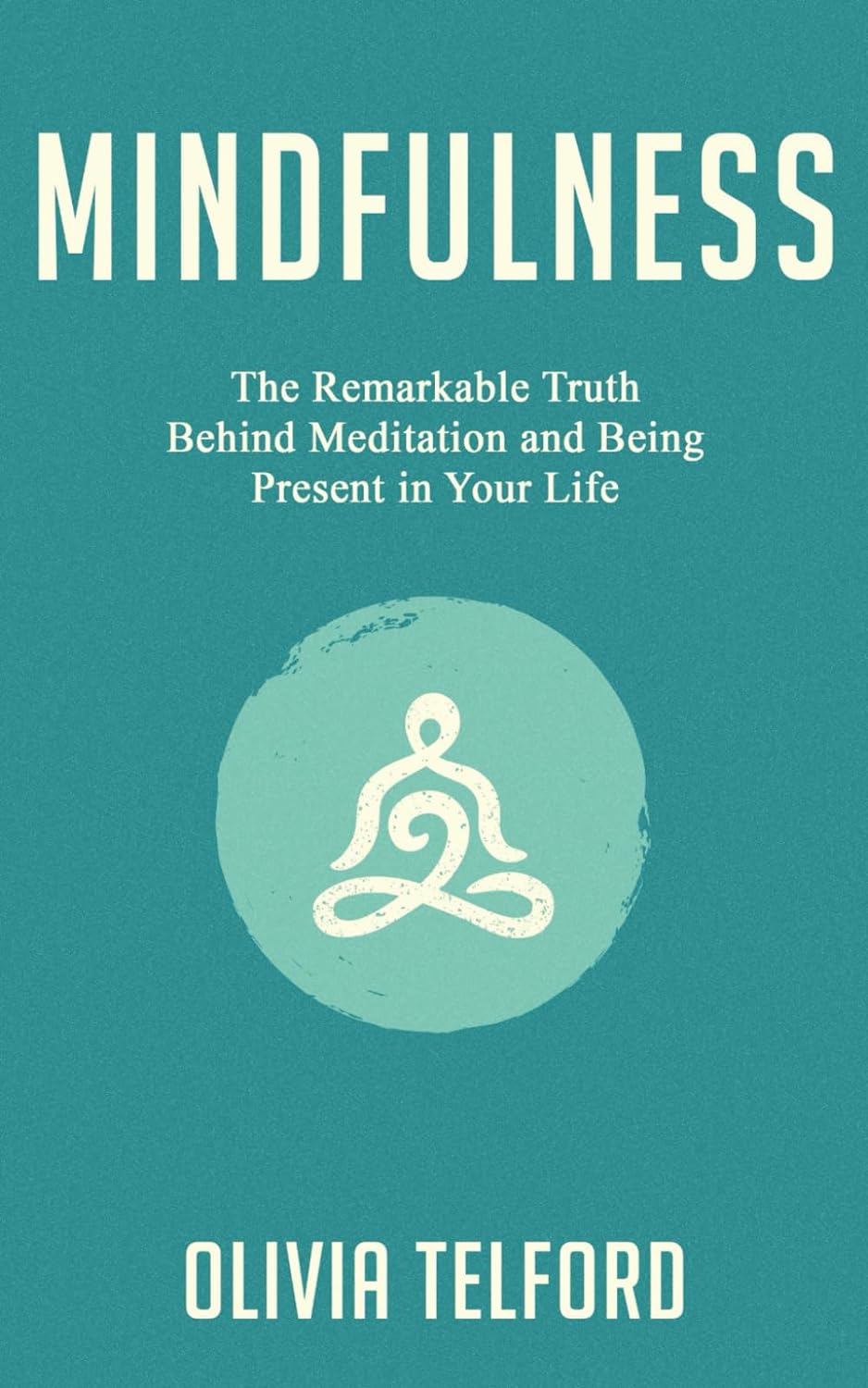
Saunas: Health Benefits (& Caveats)
10almonds is reader-supported. We may, at no cost to you, receive a portion of sales if you purchase a product through a link in this article.
The Heat Is On
In Tuesday’s newsletter, we asked you your (health-related) opinion on saunas, and got the above-depicted, below-described, set of responses:

- About 53% said it is “a healthful activity with many benefits”
- About 25% said it is “best avoided; I feel like I’m dying in there”
- About 12% said “it feels good and therefore can’t be all bad”
So what does the science say?
The heat of saunas carries a health risk: True or False?
False, generally speaking, for any practical purposes. Of course, anything in life comes with a health risk, but statistically speaking, your shower at home is a lot more dangerous than a sauna (risk of slipping with no help at hand).
It took a bit of effort to find a paper on the health risks of saunas, because all the papers on PubMed etc coming up for those keywords were initially papers with “reduces the risk of…”, i.e. ways in which the sauna is healthy.
However, we did find one:
❝Contraindications to sauna bathing include unstable angina pectoris, recent myocardial infarction, and severe aortic stenosis.
Sauna bathing is safe, however, for most people with coronary heart disease with stable angina pectoris or old myocardial infarction.
Very few acute myocardial infarctions and sudden deaths occur in saunas, but alcohol consumption during sauna bathing increases the risk of hypotension, arrhythmia, and sudden death, and should be avoided. ❞
~ Dr. Matti Hannuksela & Dr. Samer Ellahham
Source: Benefits and risks of sauna bathing
So, very safe for most people, safe even for most people with heart disease, but there are exceptions so check with your own doctor of course.
And drinking alcohol anywhere is bad for the health, but in a sauna it’s a truly terrible idea. As an aside, please don’t drink alcohol in the shower, either (risk of slipping with no help at hand, and this time, broken glass too).
On the topic of it being safe for most people’s hearts, see also:
Beneficial effects of sauna bathing for heart failure patients
As an additional note, those who have a particular sensitivity to the heat, may (again please check with your own doctor, as your case may vary) actually benefit from moderate sauna use, to reduce the cardiovascular strain that your body experiences during heatwaves (remember, you can get out of a sauna more easily than you can get out of a heatwave, so for many people it’s a lot easier to do moderation and improve thermoregulatory responses):
Sauna usage can bring many health benefits: True or False?
True! Again, at least for most people. As well as the above-discussed items, here’s one for mortality rates in healthy Finnish men:
Not only that, also…
❝The Finnish saunas have the most consistent and robust evidence regarding health benefits and they have been shown to decrease the risk of health outcomes such as hypertension, cardiovascular disease, thromboembolism, dementia, and respiratory conditions; may improve the severity of musculoskeletal disorders, COVID-19, headache and flu, while also improving mental well-being, sleep, and longevity.
Finnish saunas may also augment the beneficial effects of other protective lifestyle factors such as physical activity.
The beneficial effects of passive heat therapies may be linked to their anti-inflammatory, cytoprotective and anti-oxidant properties and synergistic effects on neuroendocrine, circulatory, cardiovascular and immune function.
Passive heat therapies, notably Finnish saunas, are emerging as potentially powerful and holistic strategies to promoting health and extending the healthspan in all populations. ❞
~ Dr. Jari Laukkanen & Dr. Setor Kunutsor
(the repeated clarification of “Finnish sauna” is not a matter of fervent nationalism, by the way, but rather a matter of disambiguating it from Swedish sauna, which has some differences, most notably a lack of steam)
That reminds us: in Scandinavia, it is usual to use a sauna naked, and in Finland in particular, it is a common social activity amongst friends, coworkers, etc. In the US, many people are not so comfortable with nudity, and indeed, many places that provide saunas, may require the wearing of swimwear. But…
Just one problem: if you’re wearing swimwear because you’ve just been swimming in a pool, you now have chlorinated water soaked into your swimwear, which in the sauna, will become steam + chlorine gas. That’s not so good for your health (and is one reason, beyond tradition and simple normalization, for why swimwear is usually not permitted in Finnish saunas).
Want to read more?
You might like our previous main feature,
Turning Up The Heat Against Diabetes & Alzheimer’s ← you guessed it, sauna may be beneficial against these too
Take care!
Don’t Forget…
Did you arrive here from our newsletter? Don’t forget to return to the email to continue learning!
Recommended
Learn to Age Gracefully
Join the 98k+ American women taking control of their health & aging with our 100% free (and fun!) daily emails:
-
Science of Pilates – by Tracy Ward
10almonds is reader-supported. We may, at no cost to you, receive a portion of sales if you purchase a product through a link in this article.
We’ve reviewed other books in this series, “Science of Yoga” and “Science of HIIT” (they’re great too; check them out!). What does this one add to the mix?
Pilates is a top-tier “combination exercise” insofar as it checks a lot of boxes, e.g:
- Strength—especially core strength, but also limbs
- Mobility—range of motion and resultant reduction in injury risk
- Stability—impossible without the above two things, but Pilates trains this too
- Fitness—many dynamic Pilates exercises can be performed as cardio and/or HIIT.
The author, a physiotherapist, explains (as the title promises!) the science of Pilates, with:
- the beautifully clear diagrams we’ve come to expect of this series,
- equally clear explanations, with a great balance of simplicity of terms and depth where necessary, and
- plenty of citations for the claims made, linking to lots of the best up-to-date science.
Bottom line: if you are in a position to make a little time for Pilates (if you don’t already), then there is nobody who would not benefit from reading this book.
Click here to check out Science of Pilates, and keep your body well!
Share This Post
-
Optimism Seriously Increases Longevity!
10almonds is reader-supported. We may, at no cost to you, receive a portion of sales if you purchase a product through a link in this article.
Always look on the bright side for life
❝I’m not a pessimist; I’m a realist!❞
~ every pessimist ever
To believe self-reports, the world is divided between optimists and realists. But how does your outlook measure up, really?
Below, we’ve included a link to a test, and like most free online tests, this is offered “as-is” with the usual caveats about not being a clinical diagnostic tool, this one actually has a fair amount of scientific weight behind it:
❝Empirical testing has indicated the validity of the Optimism Pessimism Instrument as published in the scientific journal Current Psychology: Research and Reviews.
The IDRlabs Optimism/Pessimism Test (IDR-OPT) was developed by IDRlabs. The IDR-OPT is based on the Optimism/Pessimism Instrument (OPI) developed by Dr. William Dember, Dr. Stephanie Martin, Dr. Mary Hummer, Dr. Steven Howe, and Dr. Richard Melton, at the University of Cincinnati.❞
Take This Short (1–2 mins) Test
How did you score? And what could you do to improve on that score?
We said before that we’d do a main feature on this sometime, and today’s the day! Fits with the theme of Easter too, as for those who observe, this is a time for a celebration of hope, new beginnings, and life stepping out of the shadows.
On which note, before we go any further, let’s look at a very big “why” of optimism…
There have been many studies done regards optimism and health, and they generally come to the same conclusion: optimism is simply good for the health.
Here’s an example. It’s a longitudinal study, and it followed 121,700 women (what a sample size!) for eight years. It controlled for all kinds of other lifestyle factors (especially smoking, drinking, diet, and exercise habits, as well as pre-existing medical conditions), so this wasn’t a case of “people who are healthy are more optimistic as a result. And, in the researchers’ own words…
❝We found strong and statistically significant associations of increasing levels of optimism with decreasing risks of mortality, including mortality due each major cause of death, such as cancer, heart disease, stroke, respiratory disease, and infection.
Importantly, findings were maintained after close control for potential confounding factors, including sociodemographic characteristics and depression❞
Read: Optimism and Cause-Specific Mortality: A Prospective Cohort Study
So that’s the why. Now for the how…
Positive thinking is not what you think it is
A lot of people think of “think positive thoughts” as a very wishy-washy platitude, but positive thinking isn’t about ignoring what’s wrong, or burying every negative emotion.
Rather, it is taking advantage of the basic CBT, DBT, and, for that matter, NLP principles:
- Our feelings are driven by our thoughts
- Our thoughts can be changed by how we frame things
This is a lot like the idea that “there’s not such thing as bad weather; only the wrong clothes”. Clearly written by someone who’s never been in a hurricane, but by and large, the principle stands true.
For example…
- Most problems can be reframed as opportunities
- Replace “I have to…” with “I get to…”
- Will the task be arduous? It’ll be all the better looking back on it.
- Did you fail abjectly? Be proud that you lived true to your values anyway.
A lot of this is about focusing on what you can control. If you live your life by your values (first figure out what they are, if you haven’t already), then that will become a reassuring thing that you can always count on, no matter what.
Practice positive self-talk (eliminate the negative)
We often learn, usually as children, to be self deprecatory so as to not appear immodest. While modesty certainly has its place, we don’t have to trash ourselves to do that!
There are various approaches to this, for example:
- Replacing a self-criticism (whether it was true or not) with a neutral or positive statement that you know is true. “I suck at xyz” is just putting yourself down, “Xyz is a challenge for me” asks the question, how will you rise to it?
- Replacing a self-criticism with irony. It doesn’t matter how dripping with sarcasm your inner voice is, the words will still be better. “Glamorous as ever!” after accidentally putting mascara in your eye. “So elegant and graceful!” after walking into furniture. And so on.
Practice radical acceptance
This evokes the “optimistic nihilism” approach to life. It’s perhaps not best in all scenarios, but if you’re consciously and rationally pretty sure something is going to be terrible (and/or know it’s completely outside of your control), acknowledging that possibility (or even, likelihood) cheerfully. Borrowing from the last tip, this can be done with as much irony as you find necessary. For example:
Facing a surgery the recovery from which you know categorically will be very painful: with a big smile “Yep, I am going to be in a lot of pain, so that’s going to be fun!” (fun fact: psychological misery will not make the physical pain any less painful, so you might as well see the funny side) ← see link for additional benefits laughter can add to health-related quality of life)
Plan for the future with love
You know the whole “planting trees in whose shade you’ll never sit”, thing, but: actually for yourself too. Plan (and act!) now, out of love and compassion for your future self.
Simple example: preparing (or semi-preparing, if appropriate) breakfast for yourself the night before, when you know in the morning you’ll be tired, hungry, and/or pressed for time. You’ll wake up, remember that you did that, and…
Tip: at moments like that, take a moment to think “Thanks, past me”. (Or call yourself by your name, whatever works for you. For example I, your writer here, might say to myself “Thanks, past Nastja!”)
This helps to build a habit of gratitude for your past self and love for your future self.
This goes for little things like the above, but it also goes for things whereby there’s much longer-term delayed gratification, such as:
- Healthy lifestyle changes (usually these see slow, cumulative progress)
- Good financial strategies (usually these see slow, cumulative progress)
- Long educational courses (usually these see slow, cumulative progress)
Basically: pay it forward to your future self, and thank yourself later!
Some quick ideas of systems and apps that go hard on the “long slow cumulative progress” approach that you can look back on with pride:
- Noom—nutritional program with a psychology-based approach to help you attain and maintain your goals, long term
- You Need A Budget—we’ve recommended it before and we’ll recommend it again. This is so good. If you click through, you can see a short explanation of what makes it so different to other budgeting apps.
- Duolingo—the famously persistence-motivational language learning app
Share This Post
-
Top 10 Foods That Promote Lymphatic Drainage and Lymph Flow
10almonds is reader-supported. We may, at no cost to you, receive a portion of sales if you purchase a product through a link in this article.
Melissa Gallagher, a naturopath by profession, recommends the following 10 foods that she says promote lymphatic drainage and lymph flow, as well as the below-mentioned additional properties:
Ginger
Ginger is a natural anti-inflammatory, which we wrote about here:
Ginger Does A Lot More Than You Think
Turmeric
Turmeric is another natural anti-inflammatory, which we wrote about here:
Why Curcumin (Turmeric) Is Worth Its Weight In Gold
Garlic
Garlic is—you guessed it—another natural anti-inflammatory which we wrote about here:
The Many Health Benefits Of Garlic
Pineapple
Pineapple contains a collection of enzymes collectively called bromelain—which is a unique kind of anti-inflammatory, and which we have written about here:
Bromelain vs Inflammation & Much More
Citrus
Citrus fruits like oranges, lemons, and grapefruits are rich in vitamin C, which can help support the immune system in general.
Cranberry
Cranberries contain antioxidants and anti-inflammatory compounds, which we wrote about here:
Health Benefits Of Cranberries (But: You’d Better Watch Out)
The video also explains how cranberry bioactives inhibit adipogenesis and reduces fat congestion in your lymphatic system.
Dandelion Tea
Dandelion is a natural diuretic and anti-inflammatory herb, which we’ve not written about yet!
Nettle Tea
Nettle is a natural diuretic and anti-inflammatory herb, which we’ve also not written about yet!
Healthy Fats
Healthy fats like avocado, nuts, and olive oil can help reduce inflammation and support the immune system.
Fermented Foods
Fermented foods, such as kimchi and sauerkraut, contain probiotics that can improve gut health, which in turn boosts the immune system. You can read all about it here:
Making Friends With Your Gut (You Can Thank Us Later)
Want the full explanation? Here’s the video:
Click Here If The Embedded Video Doesn’t Load Automatically!
How was the video? If you’ve discovered any great videos yourself that you’d like to share with fellow 10almonds readers, then please do email them to us!
Share This Post
Related Posts
-
Mindfulness – by Olivia Telford
10almonds is reader-supported. We may, at no cost to you, receive a portion of sales if you purchase a product through a link in this article.
Olivia Telford takes us on a tour of mindfulness, meditation, mindfulness meditation, and how each of these things impacts stress, anxiety, and depression—as well as less obvious things too, like productivity and relationships.
In the category of how much this is a “how-to-” guide… It’s quite a “how-to” guide. We’re taught how to meditate, we’re taught assorted mindfulness exercises, and we’re taught specific mindfulness interventions such as beating various life traps (e.g. procrastination, executive dysfunction, etc) with mindfulness.
The writing style is simple and to the point, explanatory and very readable. References are made to pop-science and hard science alike, and all in all, is not too far from the kind of writing you might expect to find here at 10almonds.
Bottom line: if you’d like to practice mindfulness meditation and want an easy “in”, or perhaps you’re curious and wonder what mindfulness could tangibly do for you and how, then this book is a great choice for that.
Click here to check out Mindfulness, and enjoy being more present in life!
Don’t Forget…
Did you arrive here from our newsletter? Don’t forget to return to the email to continue learning!
Learn to Age Gracefully
Join the 98k+ American women taking control of their health & aging with our 100% free (and fun!) daily emails:
-
Elon Musk says ketamine can get you out of a ‘negative frame of mind’. What does the research say?
10almonds is reader-supported. We may, at no cost to you, receive a portion of sales if you purchase a product through a link in this article.
X owner Elon Musk recently described using small amounts of ketamine “once every other week” to manage the “chemical tides” that cause his depression. He says it’s helpful to get out of a “negative frame of mind”.
This has caused a range of reactions in the media, including on X (formerly Twitter), from strong support for Musk’s choice of treatment, to allegations he has a drug problem.
But what exactly is ketamine? And what is its role in the treatment of depression?
It was first used as an anaesthetic
Ketamine is a dissociative anaesthetic used in surgery and to relieve pain.
At certain doses, people are awake but are disconnected from their bodies. This makes it useful for paramedics, for example, who can continue to talk to injured patients while the drug blocks pain but without affecting the person’s breathing or blood flow.
Ketamine is also used to sedate animals in veterinary practice.
Ketamine is a mixture of two molecules, usually referred to a S-Ketamine and R-Ketamine.
S-Ketamine, or esketamine, is stronger than R-Ketamine and was approved in 2019 in the United States under the drug name Spravato for serious and long-term depression that has not responded to at least two other types of treatments.
Ketamine is thought to change chemicals in the brain that affect mood.
While the exact way ketamine works on the brain is not known, scientists think it changes the amount of the neurotransmitter glutamate and therefore changes symptoms of depression.How was it developed?
Ketamine was first synthesised by chemists at the Parke Davis pharmaceutical company in Michigan in the United States as an anaesthetic. It was tested on a group of prisoners at Jackson Prison in Michigan in 1964 and found to be fast acting with few side effects.
The US Food and Drug Administration approved ketamine as a general anaesthetic in 1970. It is now on the World Health Organization’s core list of essential medicines for health systems worldwide as an anaesthetic drug.
In 1994, following patient reports of improved depression symptoms after surgery where ketamine was used as the anaesthetic, researchers began studying the effects of low doses of ketamine on depression.
Researchers have been investigating ketamine for depression for 30 years.
SB Arts Media/ShutterstockThe first clinical trial results were published in 2000. In the trial, seven people were given either intravenous ketamine or a salt solution over two days. Like the earlier case studies, ketamine was found to reduce symptoms of depression quickly, often within hours and the effects lasted up to seven days.
Over the past 20 years, researchers have studied the effects of ketamine on treatment resistant depression, bipolar disorder, post-traumatic sress disorder obsessive-compulsive disorder, eating disorders and for reducing substance use, with generally positive results.
One study in a community clinic providing ketamine intravenous therapy for depression and anxiety found the majority of patients reported improved depression symptoms eight weeks after starting regular treatment.
While this might sound like a lot of research, it’s not. A recent review of randomised controlled trials conducted up to April 2023 looking at the effects of ketamine for treating depression found only 49 studies involving a total of 3,299 patients worldwide. In comparison, in 2021 alone, there were 1,489 studies being conducted on cancer drugs.
Is ketamine prescribed in Australia?
Even though the research results on ketamine’s effectiveness are encouraging, scientists still don’t really know how it works. That’s why it’s not readily available from GPs in Australia as a standard depression treatment. Instead, ketamine is mostly used in specialised clinics and research centres.
However, the clinical use of ketamine is increasing. Spravato nasal spray was approved by the Australian Therapuetic Goods Administration (TGA) in 2021. It must be administered under the direct supervision of a health-care professional, usually a psychiatrist.
Spravato dosage and frequency varies for each person. People usually start with three to six doses over several weeks to see how it works, moving to fortnightly treatment as a maintenance dose. The nasal spray costs between A$600 and $900 per dose, which will significantly limit many people’s access to the drug.
Ketamine can be prescribed “off-label” by GPs in Australia who can prescribe schedule 8 drugs. This means it is up to the GP to assess the person and their medication needs. But experts in the drug recommend caution because of the lack of research into negative side-effects and longer-term effects.
What about its illicit use?
Concern about use and misuse of ketamine is heightened by highly publicised deaths connected to the drug.
Ketamine has been used as a recreational drug since the 1970s. People report it makes them feel euphoric, trance-like, floating and dreamy. However, the amounts used recreationally are typically higher than those used to treat depression.
Information about deaths due to ketamine is limited. Those that are reported are due to accidents or ketamine combined with other drugs. No deaths have been reported in treatment settings.
Reducing stigma
Depression is the third leading cause of disability worldwide and effective treatments are needed.
Seeking medical advice about treatment for depression is wiser than taking Musk’s advice on which drugs to use.
However, Musk’s public discussion of his mental health challenges and experiences of treatment has the potential to reduce stigma around depression and help-seeking for mental health conditions.
Clarification: this article previously referred to a systematic review looking at oral ketamine to treat depression. The article has been updated to instead cite a review that encompasses other routes of administration as well, such as intravenous and intranasal ketamine.
Julaine Allan, Associate Professor, Mental Health and Addiction, Rural Health Research Institute, Charles Sturt University
This article is republished from The Conversation under a Creative Commons license. Read the original article.
Don’t Forget…
Did you arrive here from our newsletter? Don’t forget to return to the email to continue learning!
Learn to Age Gracefully
Join the 98k+ American women taking control of their health & aging with our 100% free (and fun!) daily emails:
-
The Fruit That Can Specifically Reduce Belly Fat
10almonds is reader-supported. We may, at no cost to you, receive a portion of sales if you purchase a product through a link in this article.
Gambooge: Game-Changer Or Gamble?
The gambooge, also called the gummi-gutta, whence its botanical name Garcinia gummi-gutta (formerly Gardinia cambogia), is also known as the Malabar tamarind, and it even got an English name, the brindle berry.
It’s a fruit that looks like a small pale yellow pumpkin in shape, but it grows on trees and has a taste so sour, that it’s usually used only in cooking, and not eaten raw
which makes this writer really want to try it raw now.Its active phytochemical compound hydroxycitric acid (HCA) rose to popularity as a supplement in the US based on a paid recommendation from Dr. Oz, and then became a controversy as supplements associated with it, were in turn associated with hepatotoxicity (more on this in the “Is it safe?” section below).
What do people use it for?
Simply put: it’s a weight loss supplement.
Less simply put: least interestingly, it’s a mild appetite suppressant:
Safety and mechanism of appetite suppression by a novel hydroxycitric acid extract (HCA-SX) ← this talks more about the biochemistry, but isn’t a human study. Human studies have been small and with mixed results. It seems likely that (as in the rat studies discussed above) the mechanism of action is largely about increasing serotonin, which itself is a well-established appetite suppressant. Therefore, the results will depend somewhat on a person’s brain’s serotonergic system.
We’ll revisit that later, but first let’s look at…
Even less simply put: its other mechanism of action is much more interesting; it actually blocks the production of fat (especially: visceral fat) in the body, by inhibiting citrate lyase, which enzyme plays a significant role in fat production:
Effects of (−)-hydroxycitrate on net fat synthesis as de novo lipogenesis
More illustratively, here’s another study, which found:
❝G cambogia reduced abdominal fat accumulation in subjects, regardless of sex, who had the visceral fat accumulation type of obesity. No rebound effect was observed.
It is therefore expected that G cambogia may be useful for the prevention and reduction of accumulation of visceral fat. ❞
~ Dr. Norihiro Shigematsu et al.
As to why this is particularly important, and far more important than mere fat loss in general, see our previous main feature:
Visceral Belly Fat (And How To Lose It)
Is it safe?
It has shown a good safety profile up to large doses (2.8g/day):
Evaluation of the safety and efficacy of hydroxycitric acid or Garcinia cambogia extracts in humans
There have been some fears about hepatotoxicity, but they appear to be unfounded, and based on products that did not, in fact, contain HCA (and were merely sold by a company that used a similar name in their marketing):
No evidence demonstrating hepatotoxicity associated with hydroxycitric acid
However, as it has a serotoninergic effect, it could cause problems for anyone at risk of serotonin syndrome, which means caution is advisable if you are taking SSRIs (which reduce the rate at which the brain can scrub serotonin, with the usually laudable goal of having more serotonin in the brain—but it is possible to have too much of a good thing, and serotonin syndrome isn’t fun).
As ever, do check with your pharmacist and/or doctor, to be sure, since they can advise with regard to your specific situation and any medications you may be taking.
Want to try some?
We don’t sell it, but here for your convenience is an example product on Amazon
Enjoy!
Don’t Forget…
Did you arrive here from our newsletter? Don’t forget to return to the email to continue learning!
Learn to Age Gracefully
Join the 98k+ American women taking control of their health & aging with our 100% free (and fun!) daily emails:








